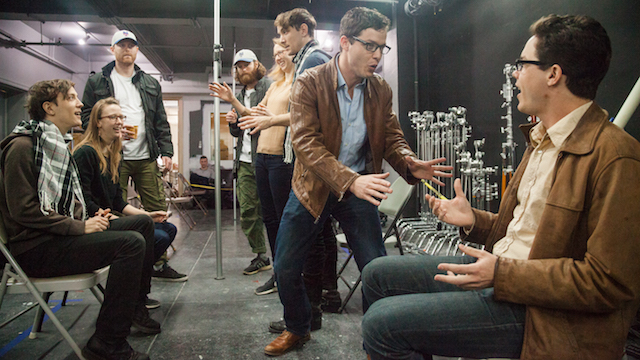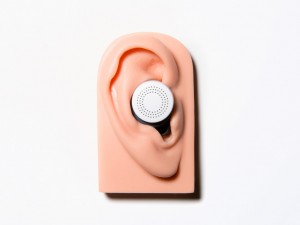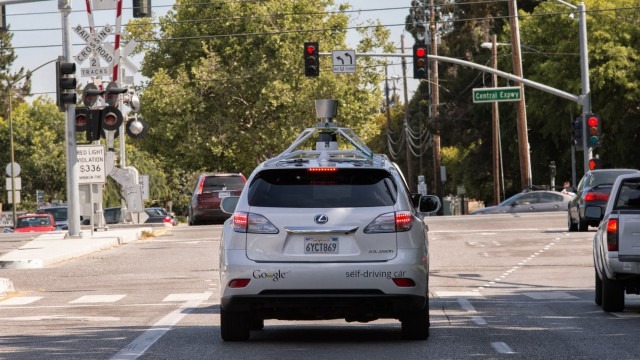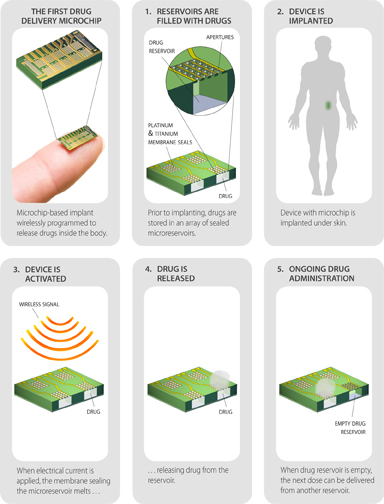I don’t think websites will be going away any time soon, but I do think that within 2 years a new way of navigating them will emerge: a Siri for site navigation.
After enabling it from a top-level menu or a prominent button, when visiting a site you simply talk to your screen to get to the page you want more quickly.
“Search for grey singlets size 11 with a pocket” and the search results appear.
“How long will a singlet take to be delivered” “What is your postcode” “90210” “5 working days or 1 day with an additional fee”
“Take me to your latest Instagram pics” and it does.
The reasons for this prediction are:
- There’s a definite need, especially on mobile. One voice command can cover a sequence of taps and page loads
- If it starts as a WordPress plugin, that covers a lot of the web
- The microdata requirements will have other uses, like Google Shopping
- Website navigation is quite limited in scope, so it is very achievable
- One of Apple / Microsoft / Amazon / Google will quite likely offer 3rd parties access to their AI / chatbot abilities
- At the very least there is a market from government websites, who will want to cater for the visually-impaired
- The same system can be used for when people haven’t actually visited your site, but make a general query to an all-rounder chatbot
Combined with a universal login like Facebook, the navigation bot can already know your delivery address and so on.








